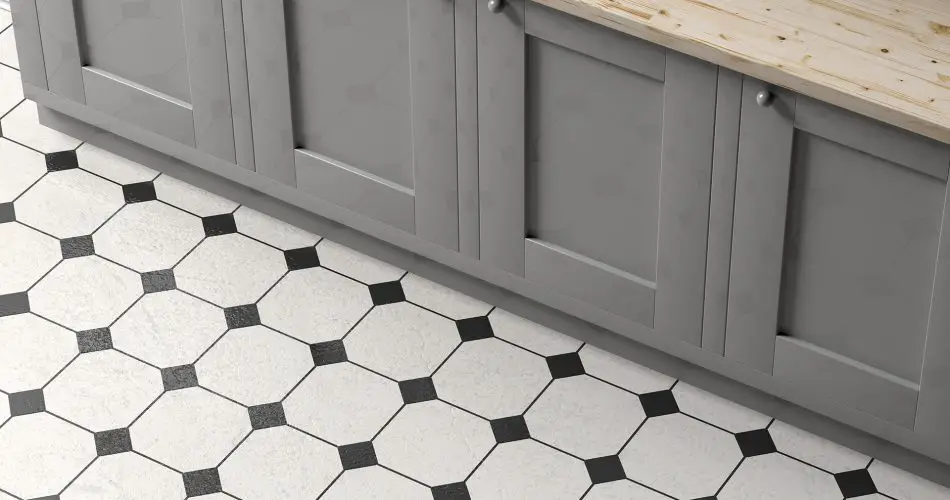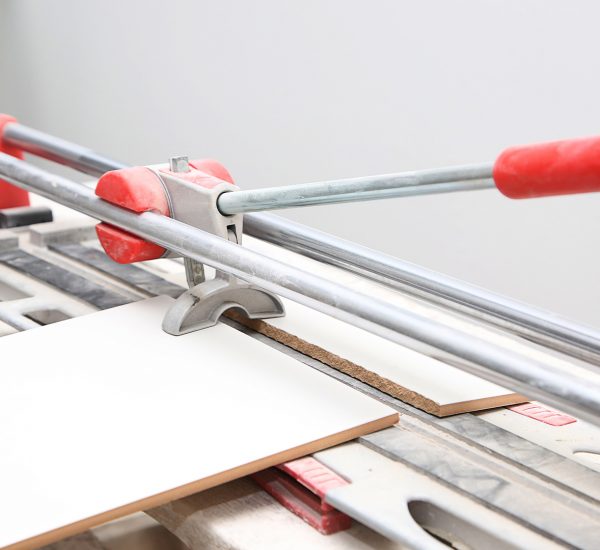Vinyl flooring has long been a popular choice for its affordability, durability, and ease of installation. However, if you’re looking to update the look of your space, you may be wondering whether it’s possible to tile over vinyl flooring. In this blog post, we’ll explore the feasibility of tiling over vinyl flooring, the necessary preparations, and the potential challenges to consider before embarking on this project.
Is Tiling Over Vinyl Flooring Possible?
The short answer is yes, you can tile over vinyl flooring, but it’s important to evaluate a few key factors before proceeding. Here are some considerations to keep in mind:
- Condition of the Vinyl Flooring: Ensure that the existing vinyl flooring is in good condition. It should be clean, well-adhered, and free from any significant damage or loose sections. If the vinyl flooring is peeling, bubbling, or showing signs of wear, it’s advisable to remove it before tiling.
- Stability of the Subfloor: The subfloor beneath the vinyl flooring should be stable and in good condition. It should be level, solid, and free from any structural issues. Any problems with the subfloor should be addressed before tiling to ensure a proper foundation for the new tiles.
- Height Considerations: Tiling over vinyl flooring will increase the overall height of the floor. This can impact door clearances, transitions to other rooms, and the alignment of appliances. Measure and plan accordingly to avoid any potential issues.
- Tile Adhesion: Proper tile adhesion is crucial for a successful installation. The surface of the vinyl flooring should be thoroughly cleaned and lightly sanded to improve adhesion. Additionally, choosing the right adhesive designed for tiling over vinyl is essential to ensure a strong bond between the tiles and the existing flooring.
Preparation Steps
- Clean the Vinyl Flooring: Remove any dirt, dust, or debris from the vinyl flooring using a broom or vacuum cleaner. Clean the surface with a mild detergent and warm water to remove any greasy residues. Allow it to dry completely before proceeding.
- Lightly Sand the Surface: Gently sand the vinyl flooring with fine-grit sandpaper to create a slightly rough surface. This will help the adhesive bond effectively with the vinyl.
- Test the Adhesion: To ensure the vinyl flooring is well-adhered, perform an adhesion test by applying a piece of duct tape to various areas of the floor and then quickly pulling it off. If the tape removes any sections of the vinyl, it’s recommended to remove the flooring before tiling.
- Choose the Right Adhesive: Select a high-quality adhesive specifically designed for tiling over vinyl flooring. Consult with a professional at a local tile supply store to ensure you have the appropriate adhesive for your specific vinyl type and tile choice.
Challenges and Considerations
- Height Differences: Keep in mind that tiling over vinyl flooring will increase the height of the floor. This may require adjustments to doors, transitions, and appliances. Be prepared to make necessary modifications to accommodate the added height.
- Tile Size and Shape: Large format tiles or tiles with irregular shapes may be more challenging to install over vinyl flooring due to flexibility and stability concerns. Smaller, more rigid tiles tend to be a safer choice for this type of installation.
- Floor Stability: If the existing vinyl flooring is installed over a resilient or cushioned underlayment, it may not provide a stable enough surface for tile installation. In such cases, removing the vinyl and the underlay may be necessary to ensure a stable base for the new tiles.
- Grout Lines: It’s important to note that grout lines may show through the new tile installation if the existing vinyl flooring has texture or embossing. This can affect the overall appearance of the tiled surface. Consider using larger tiles or choosing a tile design that minimises the visibility of grout lines.
- Longevity: Tiling over vinyl flooring may not provide the same longevity as removing the vinyl and installing tiles directly on the subfloor. While it can be a viable option for a temporary or budget-friendly solution, keep in mind that the durability and lifespan of the tile installation may be affected.
Conclusion
Tiling over vinyl flooring can be a practical option to update the look of your space without the need for extensive removal. However, it’s crucial to assess the condition of the vinyl flooring, the stability of the subfloor, and other considerations before proceeding. Adequate preparation, including cleaning, sanding, and selecting the right adhesive, is essential for a successful tile installation over vinyl.
If you’re uncertain about the feasibility of tiling over your specific vinyl flooring, it’s recommended to consult with a professional tile installer. They can assess the condition of your flooring and provide guidance on the best course of action to achieve a beautiful and long-lasting tiled surface.




